Optimal Timing for Poison Oak Removal
Understanding the optimal timing for poison oak removals is crucial for effective and safe eradication. The best time to remove poison oak is during the late winter to early spring months, when the plant is dormant and has minimal foliage. Removing poison oak during this period reduces the risk of skin irritation and allows for easier identification and removal of the plant's root systems.
Poison oak is most active during late spring and summer, when it produces leaves and berries. Removal during dormant seasons minimizes exposure to urushiol, the oil responsible for skin reactions.
Dry, cool days in late winter or early spring are ideal for poison oak removal. Wet or rainy conditions increase the risk of skin contact and make removal more difficult.
Early removal before the plant produces berries or new growth can prevent future spread and reduce the need for repeated removals.
Performing removals during the plant's dormancy reduces the likelihood of urushiol exposure, which can cause severe dermatitis.
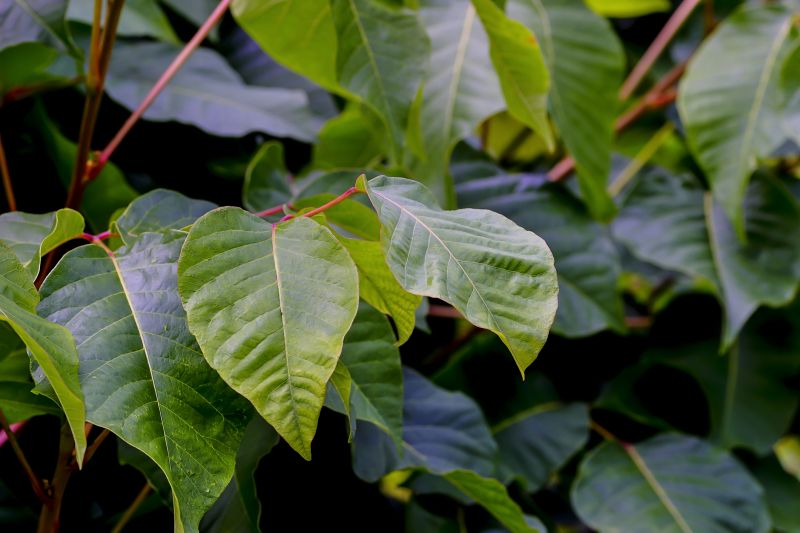
Ways to make Poison Oak Removals work in tight or awkward layouts.
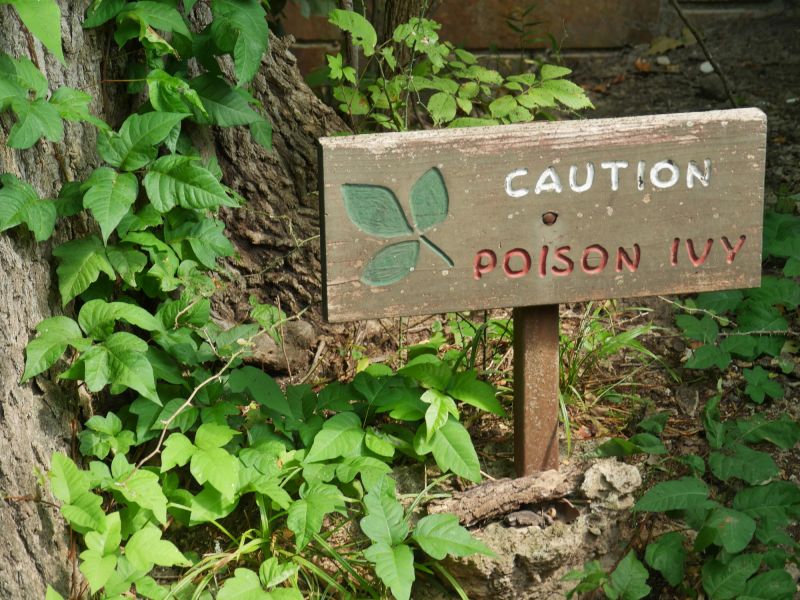
Popular materials for Poison Oak Removals and why they hold up over time.

Simple add-ons that improve Poison Oak Removals without blowing the budget.
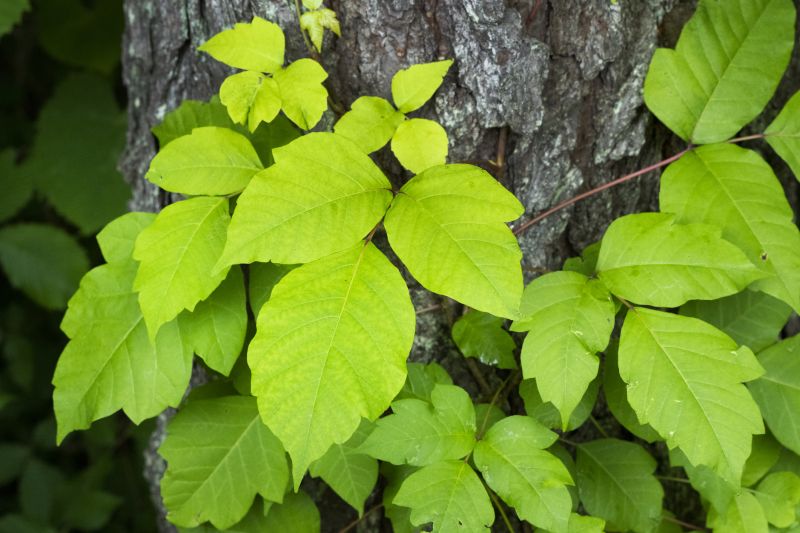
High-end options that actually feel worth it for Poison Oak Removals.
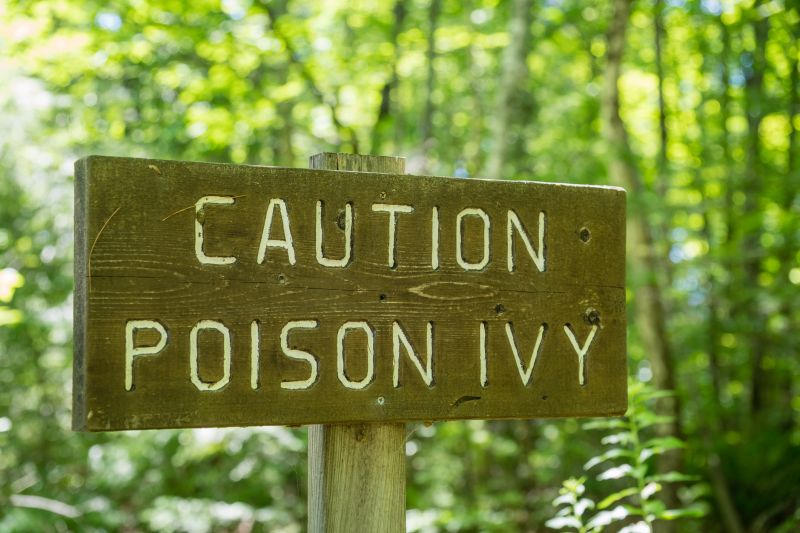
Finishes and colors that play nicely with Poison Oak Removals.
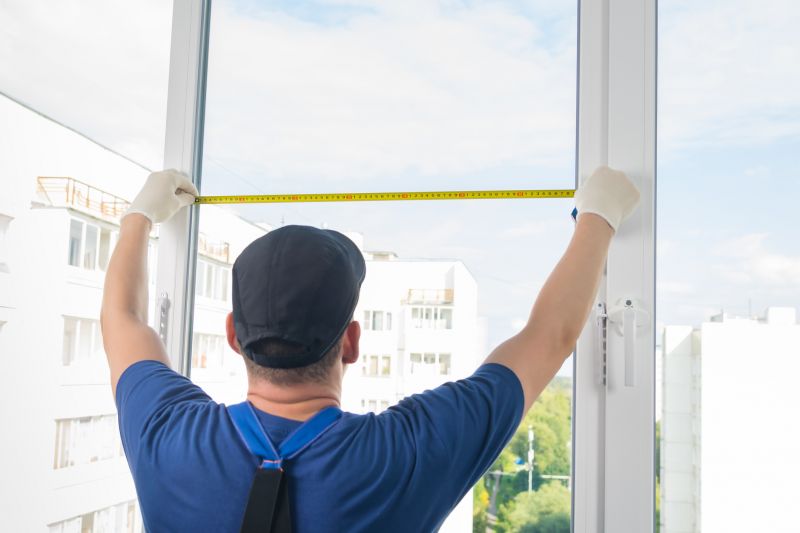
Little measurements that prevent headaches on Poison Oak Removals day.
Poison oak is a common invasive plant found in many regions, especially in areas with ample sunlight and moisture. Its presence can pose significant health risks due to urushiol, which causes allergic skin reactions. Proper timing and technique in removal are essential to prevent the spread and minimize contact with the oil.
Statistics indicate that untreated poison oak can spread rapidly, with some plants expanding by several feet each year. Effective removal strategies, especially during the plant's dormant phase, can significantly reduce the likelihood of regrowth and further spread. Regular monitoring and removal are recommended to manage infestations efficiently.

A 60-second routine that keeps Poison Oak Removals looking new.
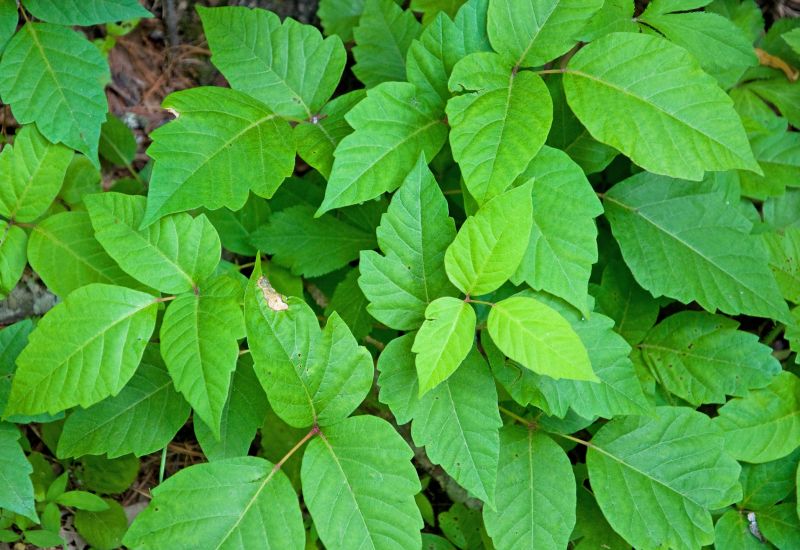
A frequent mistake in Poison Oak Removals and how to dodge it.

Small tweaks to make Poison Oak Removals safer and easier to use.
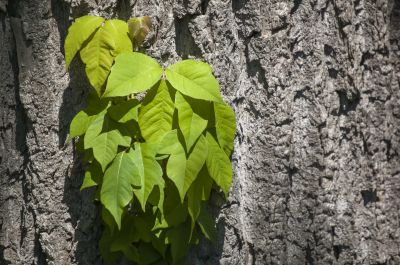
Lower-waste or water-saving choices for Poison Oak Removals.
Interested parties are encouraged to contact for more information or to schedule poison oak removal services. Proper timing and professional removal methods can ensure safety and effective management of poison oak infestations.
